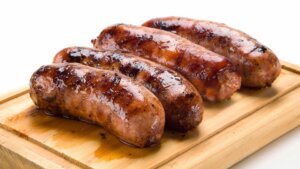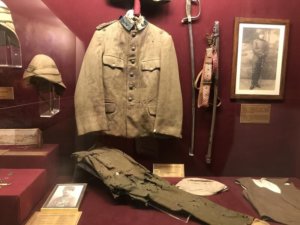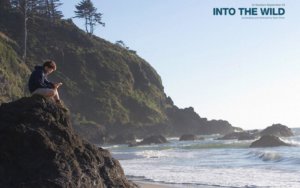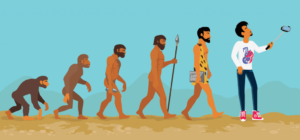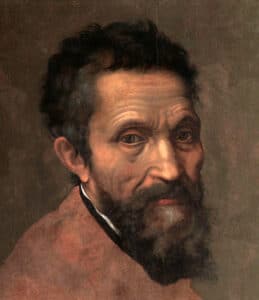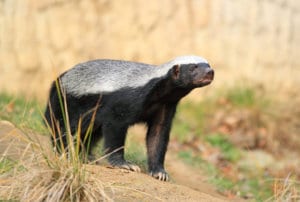The Bajau Tribe consists of people with one of the most interesting adaptations in the world. If you hold your breath and put your face in a bowl of water, your body automatically triggers what’s called the diving response. Your heart rate slows, your blood vessels narrow, and your spleen contracts. When your oxygen is low, all the reactions that help you save energy slow down.
Most people can hold their breath underwater for a few seconds, and some for a few minutes. But the group of people known as the Bajau Tribe take freediving to extremes by staying underwater for 13 minutes at a depth of about 60 meters. So how? Let’s take a closer look at the Bajau Tribe and their interesting lives together.
Where Do the Bajau Tribe Live?
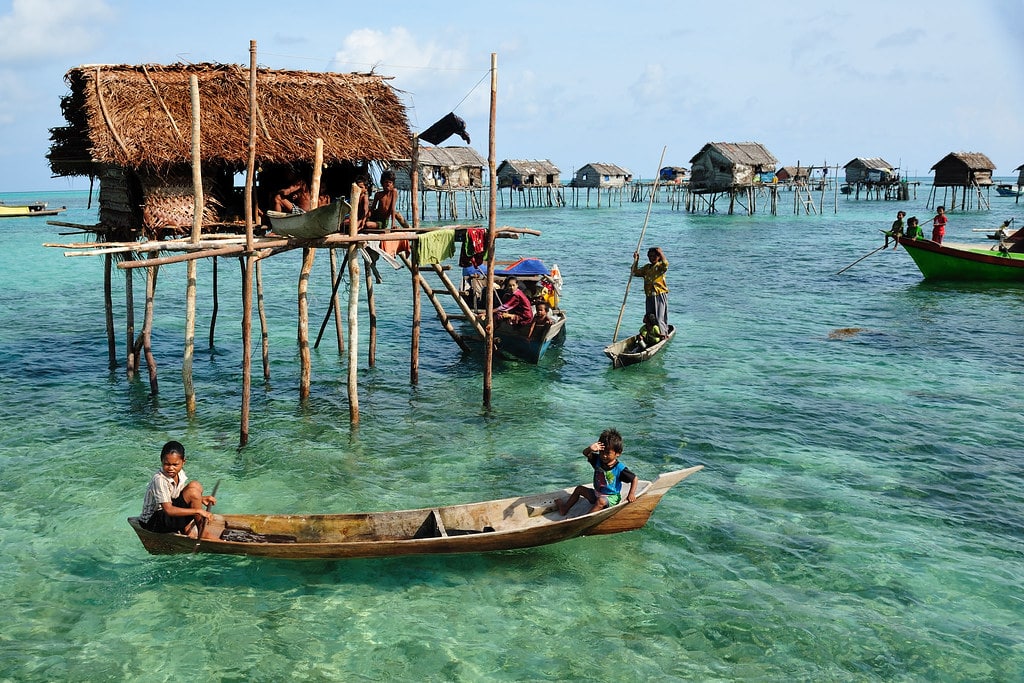
The Sama-Bajau are the dominant ethnic group of the Tawi-Tawi islands in the Philippines. Over the past fifty years, most of the Filipino Sama-Bajau have migrated to neighboring Sabah and the northern islands of the Philippines due to the conflict in Mindanao.
As of 2010, they form the second largest ethnic group in Sabah. Also known as Sama-Bajau, “Sea Gypsies” or “Sea Nomads”.
For most of their history, the Sama-Bajau tribe were a seafaring people, living off their seafood by trading and subsistence fishing. Members of the Sama-Bajau tribe living on the boat consider themselves non-aggressive people. They also use their boats as their home. A genetic study in 2021 revealed that some Sama-Bajau have Australasian ancestry.
Origin myths claiming to come from Johor or Gowa have been largely rejected by modern scholars. Because mostly these kingdoms were established recently in terms of their ethnic differences. It is still debatable whether Bajau was a native of its current territory or settled elsewhere.
A genetic study that took place in 2021 discovered a genetic link between the Philippines and Indonesia’s Sama-Bajau. This genetic link points them to a population originating from the Southeast Asian mainland via the sunken land bridges of Sundaland about 15,000 to 12,000 years ago.
This identifies them as descendants of an ancient migration of hunter-gatherer groups attached to Australasia. These populations mixed with both pre-existing Negrito populations and later migrations of Austronesian peoples (also adopting an Austronesian language in the process).
They are genetically clustered with the Lua and Mlabri peoples of mainland Southeast Asia, as well as the Manobo people of mainland Mindanao. The study also identifies minimal South Asian gene flow among Sama populations that began around 1,000 years ago.
Where Do Freediving Talents Come From?

Sama-Bajau is known for his outstanding skills in freediving. Divers can stay underwater for about 15 minutes. They dive for more than 5 hours a day with “the longest known daily apnea dive time in humans”. Some Bajau deliberately rupture their eardrums at an early age to facilitate diving and hunting at sea. This is why many Sama-Bajau have hearing difficulties in their later years.
More than a thousand years of freediving in connection with their aquatic life. It appears to have given the Bajau several genetic adaptations to facilitate their way of life. A 2018 study found that Bajau spleens are about 50 percent larger than those of the Saluan, a neighboring land-dwelling group.
When the spleen is deeply contracted, blood circulation slows down. It has been revealed that it allows them to store blood rich in hemoglobin, which allows it to breathe. In this way, it is possible for them to dive longer than the surrounding tribes.
Members of the Moken, another “sea gypsy” group, were found to have better underwater vision than Europeans.
Members of the Bajau Tribe still maintain their traditions:
A few Sama-Bajau still follow their traditional way of life. Nuclear families, usually consisting of five children, live in houseboats (lepa, balutu and vinta are the most common species). The houseboats travel with the houseboats of close relatives and cooperate on fishing expeditions and ceremonies. A married couple may choose to sail with the spouses’ relatives.
At certain times of the year they anchor at common mooring points (called sambuangan) with other fleets (often belonging to extended relatives). These mooring points are usually presided over by an elder or headman. Mooring points are close to water sources or culturally significant sites such as island cemeteries. There are periodic meetings of the Sama-Bajau clans, usually for various ceremonies such as weddings or festivals.
They periodically trade goods with land-dwelling communities of other Sama-Bajau and other ethnic groups. Sama-Bajau groups travel to surrounding areas to fish, trade, or visit relatives. Chief among these are his travels to the Philippines, Malaysia and Indonesia.
Sama-Bajau women also use a traditional sunscreen powder called burak or borak, which is made from aquatic herbs, rice, and spices.
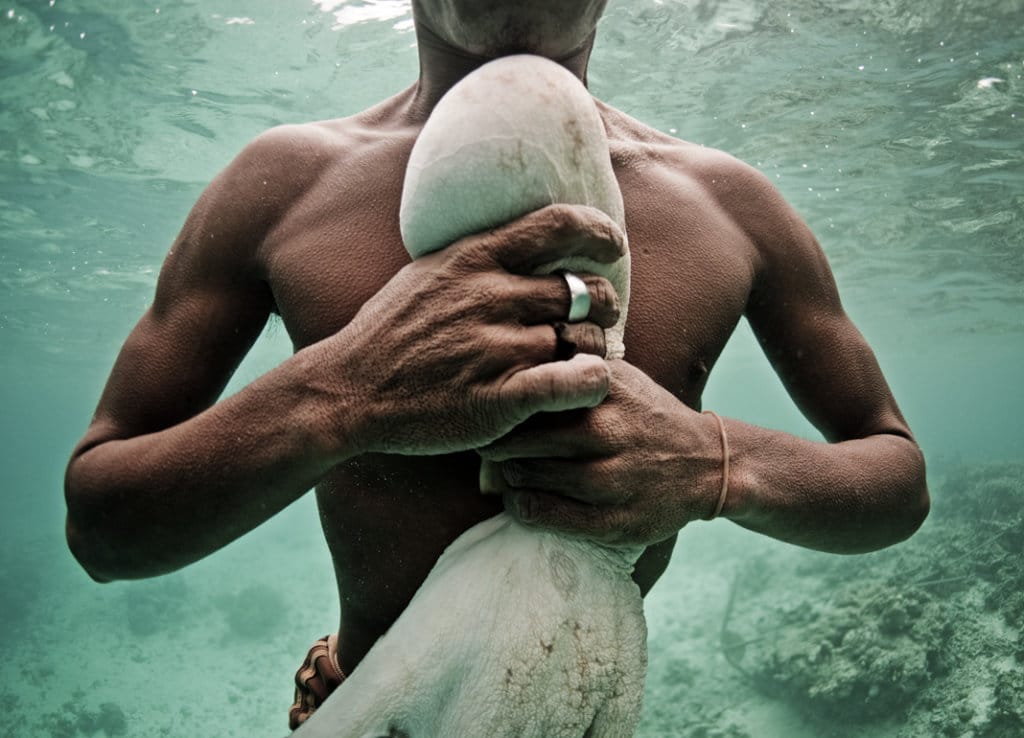
Sama-Bajau has been the subject of many movies with its unconventional adaptations and traditions going on for generations, for those who are curious:
- Badjao (1957)
- Bajau Laut: Nomads of the Sea (2008)
- The Mirror Never Lies (2011)
- Thy Womb (2012)
- Bohe: Sons of the Waves (2012)
- Anak Badjao (1987)
- On the Field (2019)


